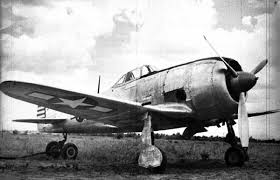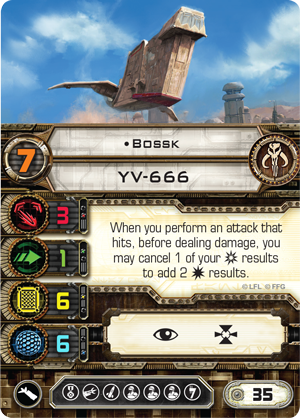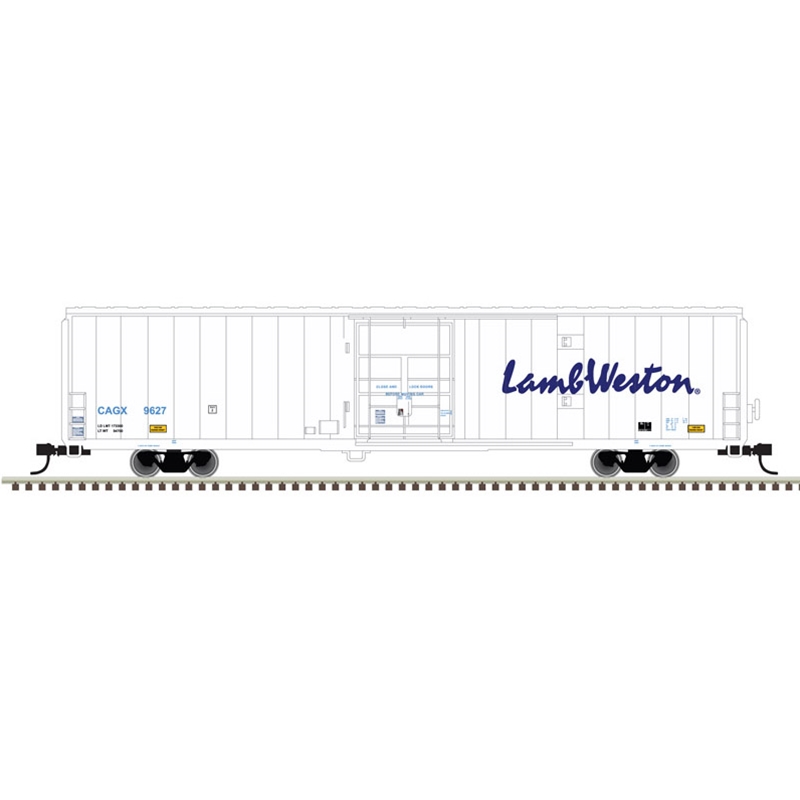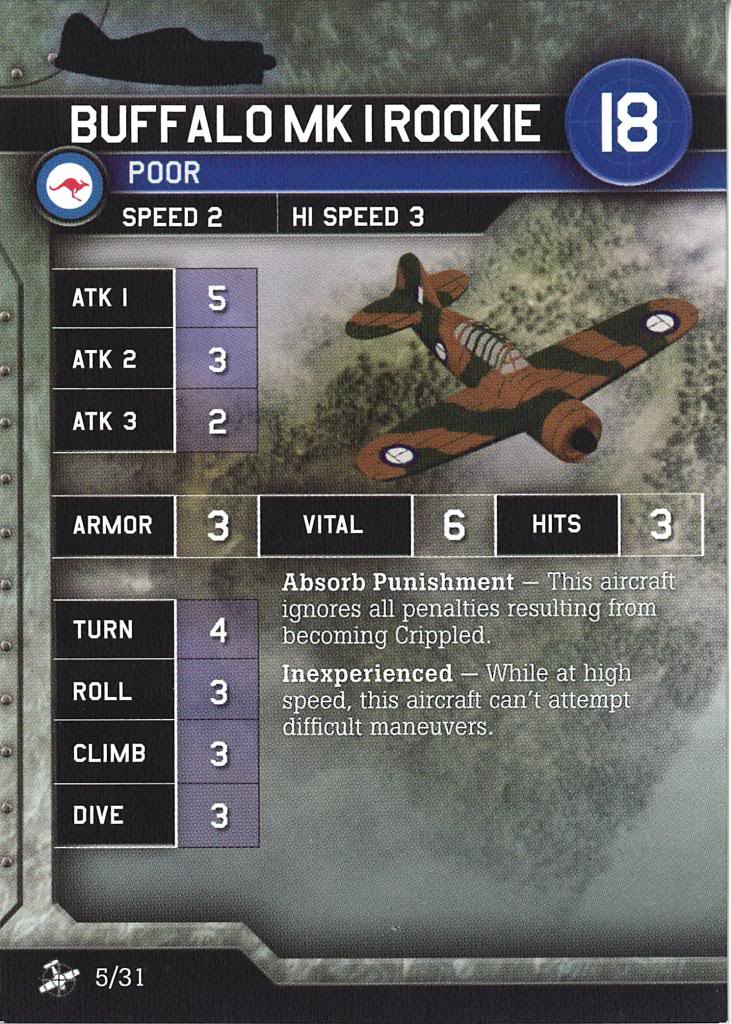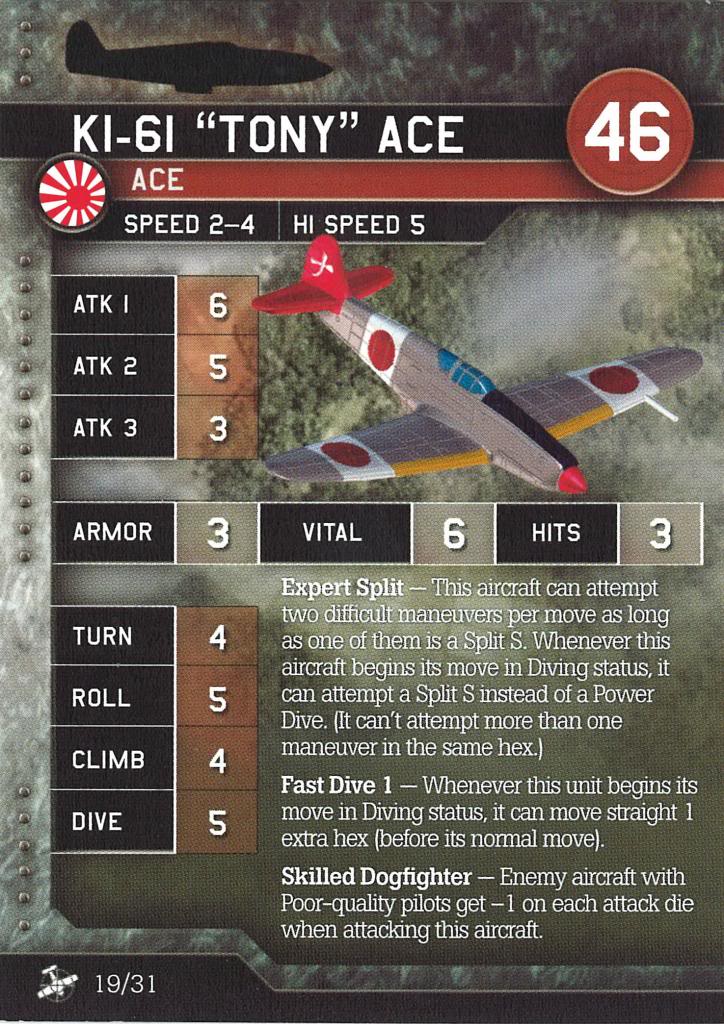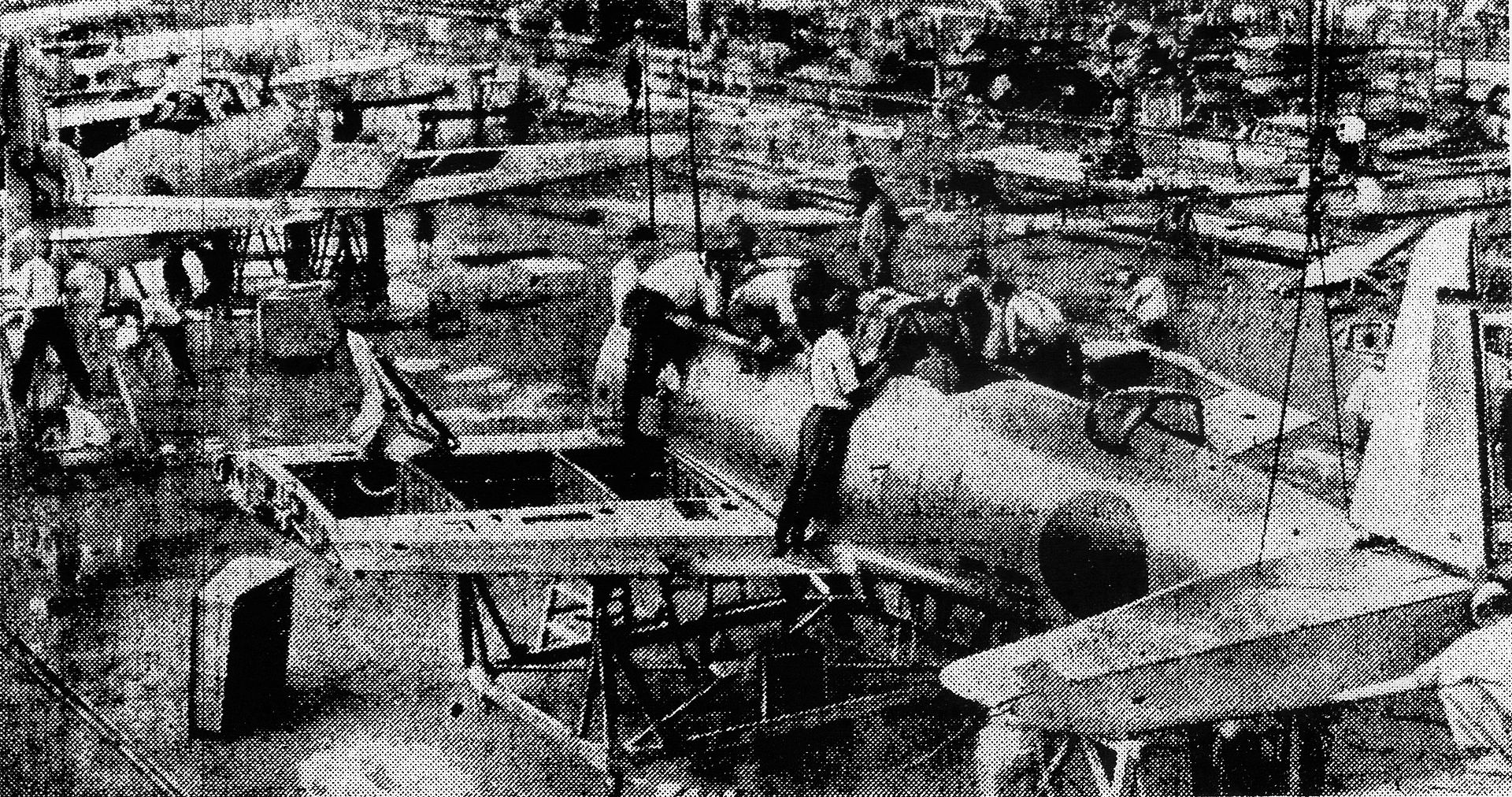Aircraft, Propeller, Nakajima Ki-44 Tojo
| Name | Aircraft, Propeller, Nakajima Ki-44 Tojo |
| Region | Japan |
| Category | Aircraft |
| Type | Propeller |
| SubType | Nakajima |
| Variety | Ki-44 Tojo |
| Manufacturer | Nakajima Aircraft (Details) |
| Era | JP Stage 2: Nationalization (1906–1945) |
| Source of Text | Wikipedia |
| Text Credit URL | Link |
| Year(s) of Production | 1940 - 1944 |
History:
The Nakajima Ki-44 Shōki (鍾馗, Zhong Kui) was a single-engine fighter aircraft used by the Imperial Japanese Army Air Force in World War II. The type first flew in August 1940 and entered service in 1942. The Allied reporting name was "Tojo"; the Japanese Army designation was "Army Type 2 Single-Seat Fighter" (二式単座戦闘機).
It was less maneuverable than its predecessor, the nimble Ki-43, and pilots disliked its poor visibility on the ground, its higher landing speed, and severe restrictions on maneuvering. Nonetheless, as a combat aircraft the Ki-44 was clearly superior overall to the Ki-43. As an interceptor it could match Allied types in climbs and dives, giving pilots more flexibility in combat and greater pilot confidence than the Ki-43. Moreover, the basic armament of four 12.7mm machine guns or two 12.7mm guns and two 20 mm cannons (or, in a few aircraft, two Ho-301 40 mm cannons of limited range) was far superior to the older Ki-43's two 12.7mm machine guns. These characteristics made the fighter, despite performance restrictions at altitude, a useful B-29 Superfortress interceptor and one of the Japanese High Command priorities during the last year of war. However, like most Japanese aircraft flown in the last part of the war, the low availability of properly trained pilots made them easy targets for experienced, aggressive, and well trained Allied pilots flying superior aircraft.
It was less maneuverable than its predecessor, the nimble Ki-43, and pilots disliked its poor visibility on the ground, its higher landing speed, and severe restrictions on maneuvering. Nonetheless, as a combat aircraft the Ki-44 was clearly superior overall to the Ki-43. As an interceptor it could match Allied types in climbs and dives, giving pilots more flexibility in combat and greater pilot confidence than the Ki-43. Moreover, the basic armament of four 12.7mm machine guns or two 12.7mm guns and two 20 mm cannons (or, in a few aircraft, two Ho-301 40 mm cannons of limited range) was far superior to the older Ki-43's two 12.7mm machine guns. These characteristics made the fighter, despite performance restrictions at altitude, a useful B-29 Superfortress interceptor and one of the Japanese High Command priorities during the last year of war. However, like most Japanese aircraft flown in the last part of the war, the low availability of properly trained pilots made them easy targets for experienced, aggressive, and well trained Allied pilots flying superior aircraft.
Railroad/Company:
The Nakajima Aircraft Company (中島飛行機株式会社 Nakajima Hikōki Kabushiki Kaisha) was a prominent Japanese aircraft manufacturer and aviation engine manufacturer throughout World War II. It continues to the present day as the car and aircraft manufacturer Subaru.
Japan's first aircraft manufacturer, it was founded in 1918 by a naval engineer, Chikuhei Nakajima, and a textile manufacturer, Seibei Kawanishi as Nihon Hikoki (Nippon Aircraft). In 1919, the two founders split and Nakajima bought out Nihon Aircraft's factory with tacit help from the Imperial Japanese Army. The company was renamed Nakajima Aircraft Company in 1919.
The company was reborn as Fuji Heavy Industries, maker of Fuji Rabbit scooters and Subaru automobiles, and as Fuji Precision Industries (later renamed Prince Motor Company which merged with Nissan in August 1966), manufacturer of Prince Skyline and Prince Gloria automobiles. Fuji began aircraft production in the mid-1950s and has been producing military training aircraft and helicopters for the Japan Self-Defense Forces. In 2017 it rebranded as Subaru Corporation.
Japan's first aircraft manufacturer, it was founded in 1918 by a naval engineer, Chikuhei Nakajima, and a textile manufacturer, Seibei Kawanishi as Nihon Hikoki (Nippon Aircraft). In 1919, the two founders split and Nakajima bought out Nihon Aircraft's factory with tacit help from the Imperial Japanese Army. The company was renamed Nakajima Aircraft Company in 1919.
The company was reborn as Fuji Heavy Industries, maker of Fuji Rabbit scooters and Subaru automobiles, and as Fuji Precision Industries (later renamed Prince Motor Company which merged with Nissan in August 1966), manufacturer of Prince Skyline and Prince Gloria automobiles. Fuji began aircraft production in the mid-1950s and has been producing military training aircraft and helicopters for the Japan Self-Defense Forces. In 2017 it rebranded as Subaru Corporation.
Item Links:
We found: 1 different collections associated with
Aircraft - Propeller - Ki-44 Tojo
- Collection Axis & Allies Air Force: 1 different items
Item created by: gdm
on 2020-01-16 08:37:31
Last edited by: Alain LM on 2022-02-10 07:48:45
If you see errors or missing data in this entry, please feel free to log in and edit it. Anyone with a Gmail account can log in instantly.
Last edited by: Alain LM on 2022-02-10 07:48:45
If you see errors or missing data in this entry, please feel free to log in and edit it. Anyone with a Gmail account can log in instantly.


